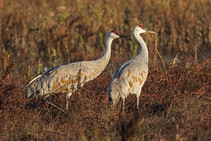
Happy Fall from Cosumnes River Preserve
Did you know that the Sandhill cranes have started arriving in small numbers? We encourage you to enjoy the birds, but please do so from a distance by staying on the designated trails and off of the preserve's levees and roads! (BLM Website)
|
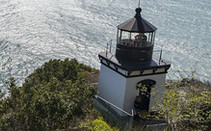
Visit the historic Trinidad Light Station
Autumn, the perfect time to enjoy your BLM California public lands at Trinidad’s “lovely, lonely coast.” The first Saturday of each month, the Trinidad Head Lighthouse is open to visitors, plan your visit today! (BLM Website)
|

Planning a visit to the King Range this fall?
Starting October 1, hikers will be able to obtain a permit for the Lost Coast Trail online through Recreation.gov or download the app today!
For more about the Lost Coast Trail, visit our website.
|
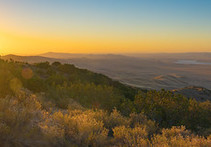
The beauty of California's Carrizo Plain National Monument
Only a few hours from Los Angeles, the Carrizo Plain offers visitors a rare chance to be alone with nature. Some visitors say you can "hear the silence." The plain is home to diverse communities of wildlife and plant species including several listed as threatened or endangered and is an area culturally important to Native Americans. (BLM Instagram)
|
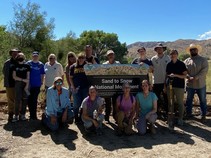
We 💚 our volunteers!
This year's National Public Lands Day was a huge success! Thank you to all the volunteers and staff that worked together to help make your BLM public lands better for all to enjoy. If you missed this year's event, don't worry - there are a few events in October that we'll be announcing soon!(BLM Facebook)
|
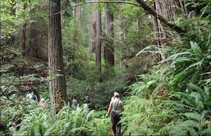
BLM offers guided hikes at Headwaters Forest Reserve
The Bureau of Land Management is offering guided public hikes every Sunday in the southern portion of the Headwaters Forest Reserve during October. Come enjoy a fall hike through the old-growth redwood forest on the Salmon Pass trail joined by a docent from the BLM’s partner group, Friends of Headwaters. (BLM CA News Release)
|
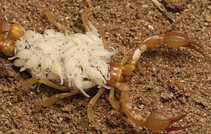
New species discovered at Carrizo Plain
Two new species of playa scorpions were recently found in the dry, isolated grassland of California - and a couple of teenagers are behind the groundbreaking discovery. Read more at SFGATE.
|
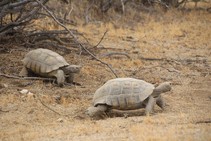
Fourth annual Desert Tortoise Week
Desert Tortoise Week starts October 1. Experience educational events and conservation activities throughout range of threatened Mojave desert tortoise. Check out the news release from our friends at the U.S. Fish and Wildlife Service to see how you can get involved!
|
 Know someone looking for a career in wildland fire? We are having two hiring events in November where hiring officials will be available to answer questions, review resumes, and help applicants navigate the application process. Job offers may be made on-the-spot! Learn more on our website!
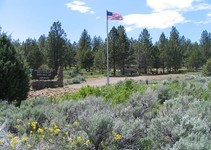
Rescinded fire restrictions apply to lands managed by Applegate and Eagle Lake field offices in Lassen, Modoc and Plumas; parts of Shasta, Siskiyou, Washoe and Humboldt counties. (BLM CA News Release)
|
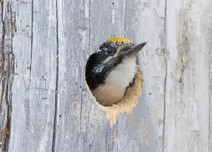
Birds & Burns: Research about
fire effects to birds
A new RMRS study confirmed that prescribed fires limited wildfire burn severity, but the reduction in burn severity didn’t change patterns of bird responses to wildfire. Results suggest managers can employ prescribed fire to reduce fire severity without necessarily altering the ecological importance of wildfire to birds. (USDA Forest Service)
|
Have you checked out BLM California's Wildfire Dashboard? At a glance you'll be able to get updates on large fires in California, view smoke impacts, check fire restrictions and find other helpful wildfire links. Bookmark it now!
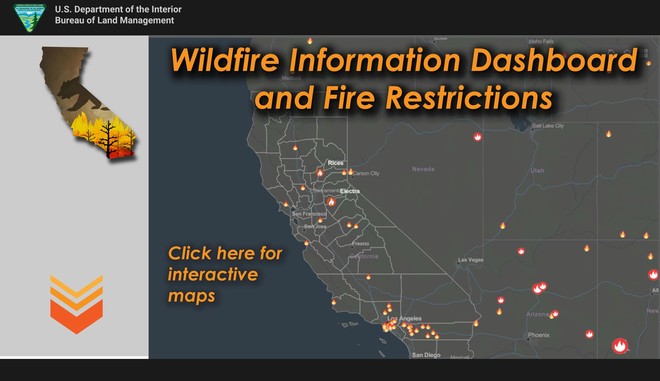
BLM California fire restrictions or temporary public land closures are used to reduce the risk of wildfires and protect the public. Often times these preventative measures focus on human-related activities, such as campfires, off-road driving, equipment use and recreational target shooting, since human-related activities are the number one cause of a wildfires. View all current fire restrictions and fire orders on our interactive maps or the BLM Fire Restriction webpage.
Criteria to build a campfire, where allowed, outside of developed campgrounds:
- maintain a five-foot diameter area cleared to bare soil and free of any overhead flammable materials in all directions around the campfire,
- have on hand a functioning round-point shovel, with an overall length of at least 35 inches, that can be easily accessed within a reasonable amount of time in response to a fire ignition,
- possess a valid California Campfire Permit, available free of charge at CAL FIRE's website.
Fireworks are not allowed on BLM-managed public lands.
Finish this statement: _________ is the chemical in leaves that breaks down, resulting in the fall color changes, appearing yellow and orange.
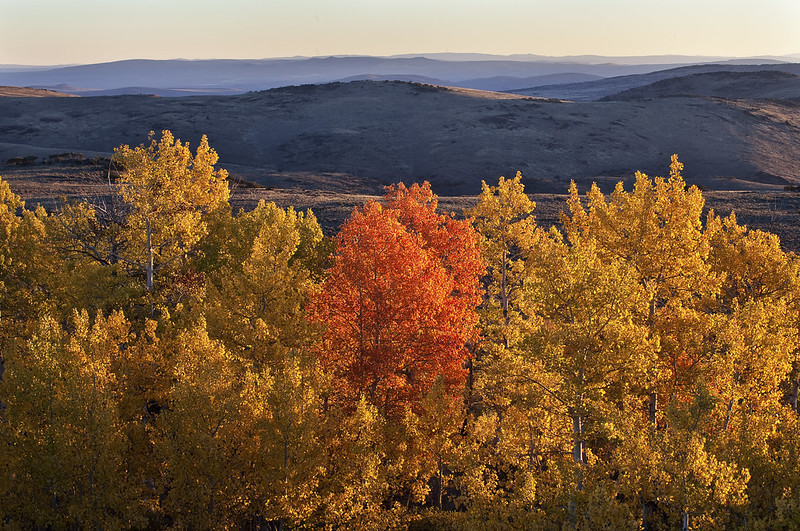
A. Autumnalpropanoids
B. Polyketides
C. Chlorophyll
D. Phosphorfallides
Scroll down for answer!
Photo: Bob Wick, BLM
|
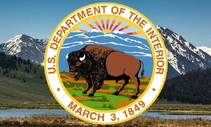
Secretary Haaland op-ed on the removal of Sq___ from public lands
In a new op-ed for the Washington Post, Secretary of the Interior Deb Haaland discusses the removal of a hateful and derogatory term for Indigenous women from nearly 650 federal land units. (DOI News Release
|
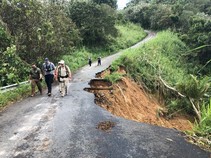
BLM assists Hurricane recovery efforts
Bureau of Land Management law enforcement, in coordination with partner agencies, proudly supported hurricane preparation and recovery efforts in Florida and Puerto Rico. Our team, including 25 representatives from across the country, helped with site/security evaluation, search and rescue and peacekeeping. (BLM Facebook)
|
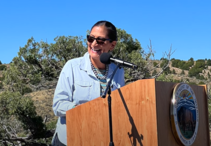
Interior leaders visit public lands across America to celebrate National Public Lands Day and President Biden’s America the Beautiful initiative; Interior’s first-ever Secretary’s Tribal Advisory Committee holds its kick-off meeting; a new report details the strategic actions necessary to reduce the nation’s risk from landslide hazards. (DOI YouTube)
|
|
Question of the Week Answer
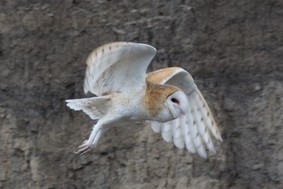
If you answered C, you are correct! The answer is chlorophyll.
Forests become a veritable garden in the fall, presenting a riot of color on public lands and near our homes.
But what exactly is going on in those leaves? How – and why – do leaves change color, and why is there so much variety? It boils down to chemistry.
Pigments are the chemicals in leaves that produce the colors we see. Some of these pigments, like chlorophylls that appear green, and carotenoids that appear yellow, are a natural component of healthy leaves during the growing season. Chlorophyll is instrumental in photosynthesis, the process by which energy from sunlight combines with water and carbon dioxide to make sugars that fuel plant growth and protection. During the summer months, when the tree is growing, chlorophyll is continually replaced but it begins to break down over time.
Source: USDA Forest Service
|
|